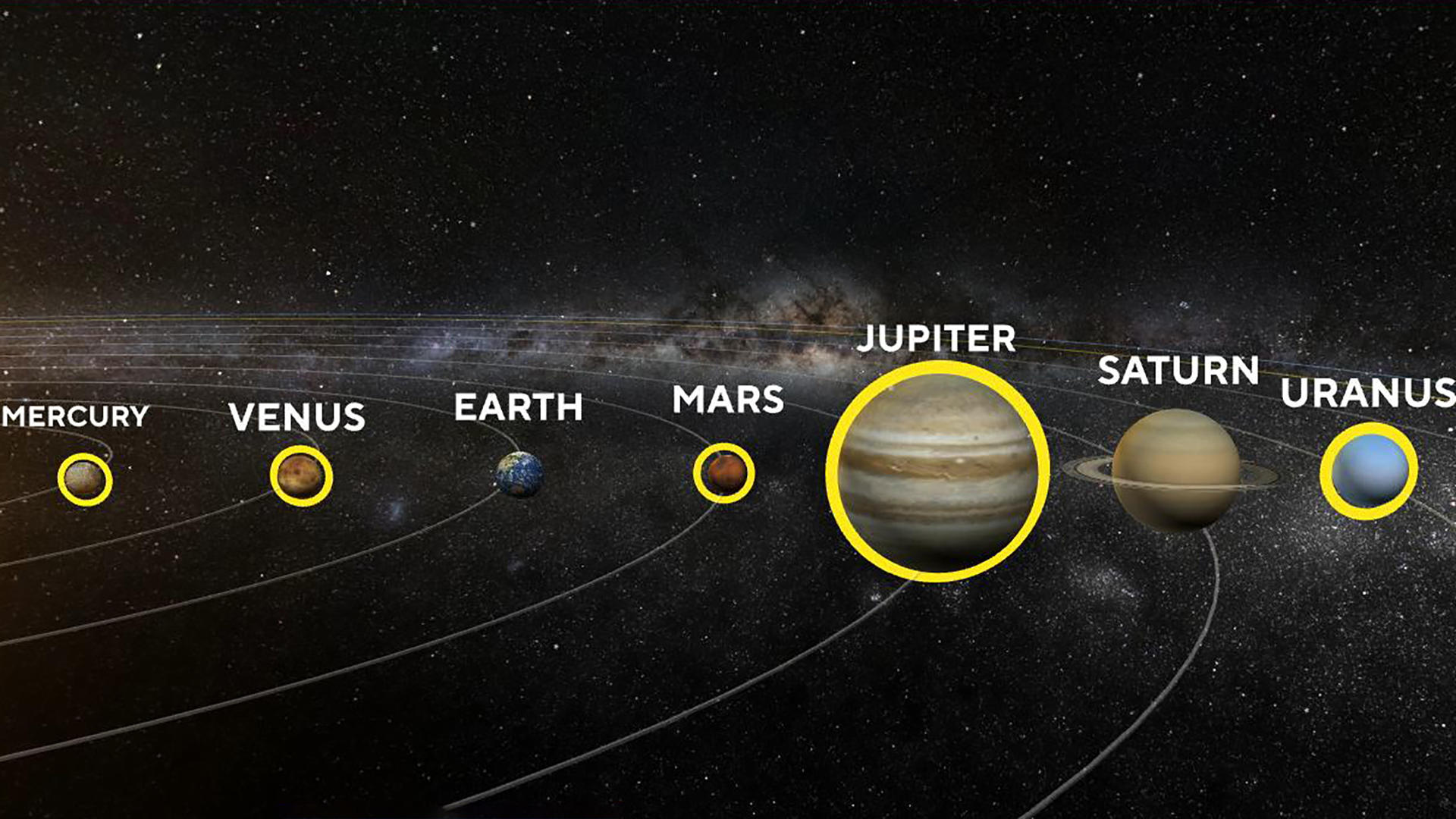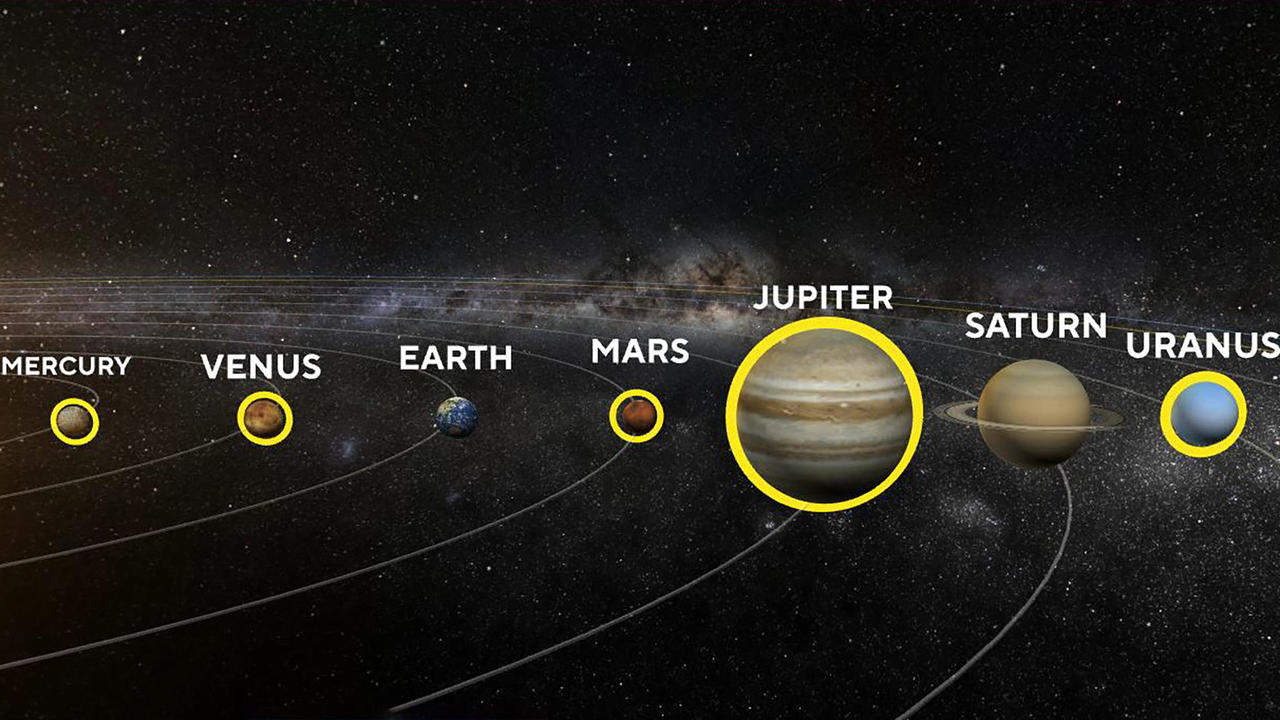In terms of size, Jupiter outweighs Venus, making it the largest planet in our solar system. Jupiter is known for its massive size and powerful magnetic field, while Venus is famous for its hot surface and thick atmosphere.
Exploring these two intriguing planets offers valuable insights into the diversity and complexity of our solar system. From the immense storms on Jupiter to the scorching temperatures on Venus, each planet presents unique characteristics worth studying. By comparing and contrasting Jupiter and Venus, scientists can deepen their understanding of planetary processes and the conditions that shape celestial bodies.
The exploration of these planets continues to fuel curiosity and drive innovation in the field of space research.

Credit: www.cbsnews.com
Exploring Jupiter
When exploring Jupiter, its sheer size and captivating composition are awe-inspiring. Let’s delve deeper into this magnificent gas giant.
Size And Composition
- Jupiter’s immense size: It is the largest planet in our solar system.
- Rocky core: At the center lies a dense core composed of rock and metal.
- Gaseous layers: Surrounding the core are layers of hydrogen and helium gas.
Atmosphere And Weather
- Thick atmosphere: Jupiter’s atmosphere is dominated by swirling clouds and powerful storms.
- Great Red Spot: A massive storm that has been raging for centuries.
- Winds: Jupiter experiences extremely high-speed winds, with some reaching up to 400 mph.
Moons And Rings
- Moons: Jupiter boasts over 70 moons, each with its unique characteristics.
- Io: Known for its volcanic activity.
- Europa: Has a subsurface ocean that could potentially harbor life.
- Rings: Though not as prominent as Saturn’s, Jupiter does have faint rings around it.

Credit: kids.gwnews.com
Understanding Venus
Venus, the second planet from the Sun, is often referred to as Earth’s twin due to its similar size and composition. Understanding the characteristics of Venus can provide valuable insights into the differences and similarities among planets in our solar system.
Size And Composition
- The size of Venus is similar to Earth’s, with a diameter of about 12,104 kilometers.
- Venus is composed mainly of rocky material like Earth, with a dense atmosphere of carbon dioxide.
Atmosphere And Climate
- Venus has a thick atmosphere that traps heat, leading to extreme surface temperatures reaching up to 880 degrees Fahrenheit.
- Its atmosphere is primarily composed of carbon dioxide with clouds of sulfuric acid, creating a strong greenhouse effect.
Surface Features
- Venus has a rugged and volcanic surface with large impact craters, mountains, and vast plains.
- The planet’s surface is marked by extensive lava flows and volcanic features, indicating a history of volcanic activity.

Credit: blogs.oregonstate.edu
Frequently Asked Questions Of Jupiter Vs Venus
What Are The Main Differences Between Jupiter And Venus?
Jupiter is the largest planet in our solar system and known for its massive size and strong magnetic field, while Venus is the hottest planet with a greenhouse effect that traps heat. These differences are primarily due to variations in their composition and proximity to the sun.
How Do Jupiter And Venus Differ In Terms Of Appearance?
Jupiter’s colorful bands and iconic “Great Red Spot” give it a distinct appearance, while Venus is shrouded in thick clouds that reflect sunlight, giving it a bright, white appearance. These distinct visual features make them easily identifiable in the night sky.
What Are The Unique Features Of Jupiter And Venus?
Jupiter’s impressive collection of moons and powerful magnetic field set it apart, while Venus notably exhibits a retrograde rotation, which means it spins in the opposite direction to most planets. These unique characteristics contribute to the individuality of each planet.
How Do Jupiter And Venus Contribute To Our Understanding Of The Solar System?
Studying Jupiter provides insights into gas giant planets in other solar systems, while researching Venus offers valuable data on the greenhouse effect and the potential for extraterrestrial life. Both planets play crucial roles in expanding our knowledge of the universe.
Conclusion
To sum up, both Jupiter and Venus offer unique wonders for stargazers and space enthusiasts alike. While Jupiter boasts its massive size and fierce storms, Venus entices with its brilliant beauty and dense atmosphere. Whether you’re captivated by Jupiter’s mighty presence or Venus’ dazzling radiance, exploring these two celestial bodies offers a remarkable journey into the vastness of our universe.
So, grab your telescope and prepare to be amazed by the celestial wonders that await us beyond our own planet.



